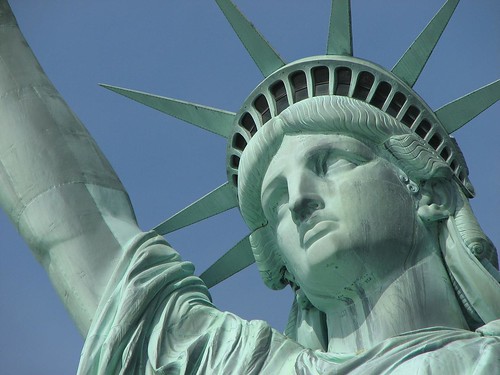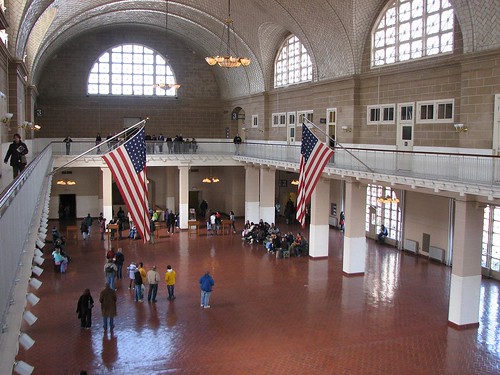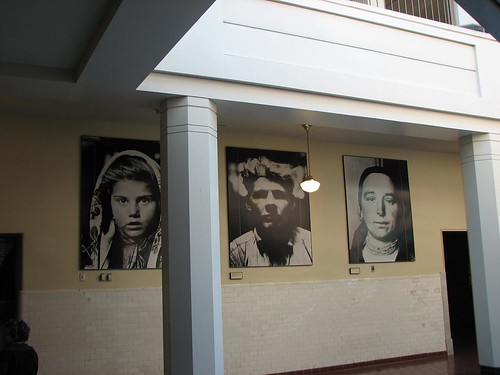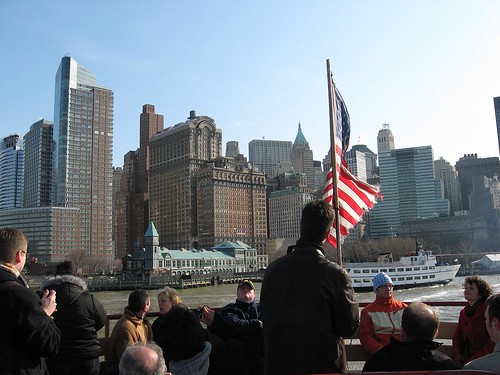Coming to America
They told me the streets of America were paved with gold.
But when I arrived, I found they weren’t paved with gold.
I found out they weren’t paved at all.
I’m one of the people who paved them.”
— Unknown Irish Immigrant
Some time around 1895, my great-great grandfather Samuel Aiken left County Antrim, Ireland, to make a new life in the United States.
For him and another 12 million immigrants, the benefits of American citizenship came at the expense of a long and difficult journey through Ellis Island.
When we visited the Ellis Island Immigration Musuem shortly after Easter, the trip was considerably easier: Nothing more than a short ferry ride from Battery Park in lower Manhattan, following a brief stopover on Liberty Island.
But the relative ease of our journey was only the most obvious difference.
A hundred years ago, many European immigrants’ first experience of the United States would have included sailing past the Statue of Liberty to arrive at the beaux arts main building on Ellis Island.
The immigrants processed there were the poorest of the poor, having made the the passage in steerage. Most likely, this first building they entered in America was the finest building they had ever been in.
The building’s architecture was a powerful symbol of the promise and opportunity found in their new country.
But to enter the United States, they first had to get past the bureaucrats of the day. All immigrants had to pass a medical exam consisting of a walk up a long flight of stairs under the watchful eye of “medical inspectors.” According to the national park docents, these inspectors could diagnosis sixty diseases with just a look.
Immigrants who didn’t appear healthy enough were held for further observation or sent back to their port of origin.
On the day we visited Ellis Island, we made the trip with hundreds of European tourists. Dozens of languages were in the air, as they must have been one hundred years ago. But for these modern Europeans, their first experience of Ellis Island was to pass through through metal detectors and a bag search before boarding the ferry.
Gruff security guards barked orders at tourists who seemed bemused (and perhaps a bit irritated) by the whole process. Signs had been posted to remind park visitors not to bring firearms and other dangerous weapons on board the ferries.
Once in the main building on Ellis Island, the immigrant experience had become a multimedia experience. Visitors could see a play, a film, and exhibits that included personal artifacts and stories of people who braved the journey to America, all for the promise of a better life.
The irony of the day was not lost on me.
A century ago, millions of Europeans, most nearly penniless, came to this country to seek their fortune. Today, they come with their fortune – strong euros and pounds that make New York a relative bargain.
I couldn’t help but wonder what these tourists thought of America today, and if the idea of America still captured their imagination, as it had captured the imagination of those who had come before them.








1 comment
Interesting to read this from a tourist to Ellis Island, where my parents passed through — my father in 1929, my mother in 1932.